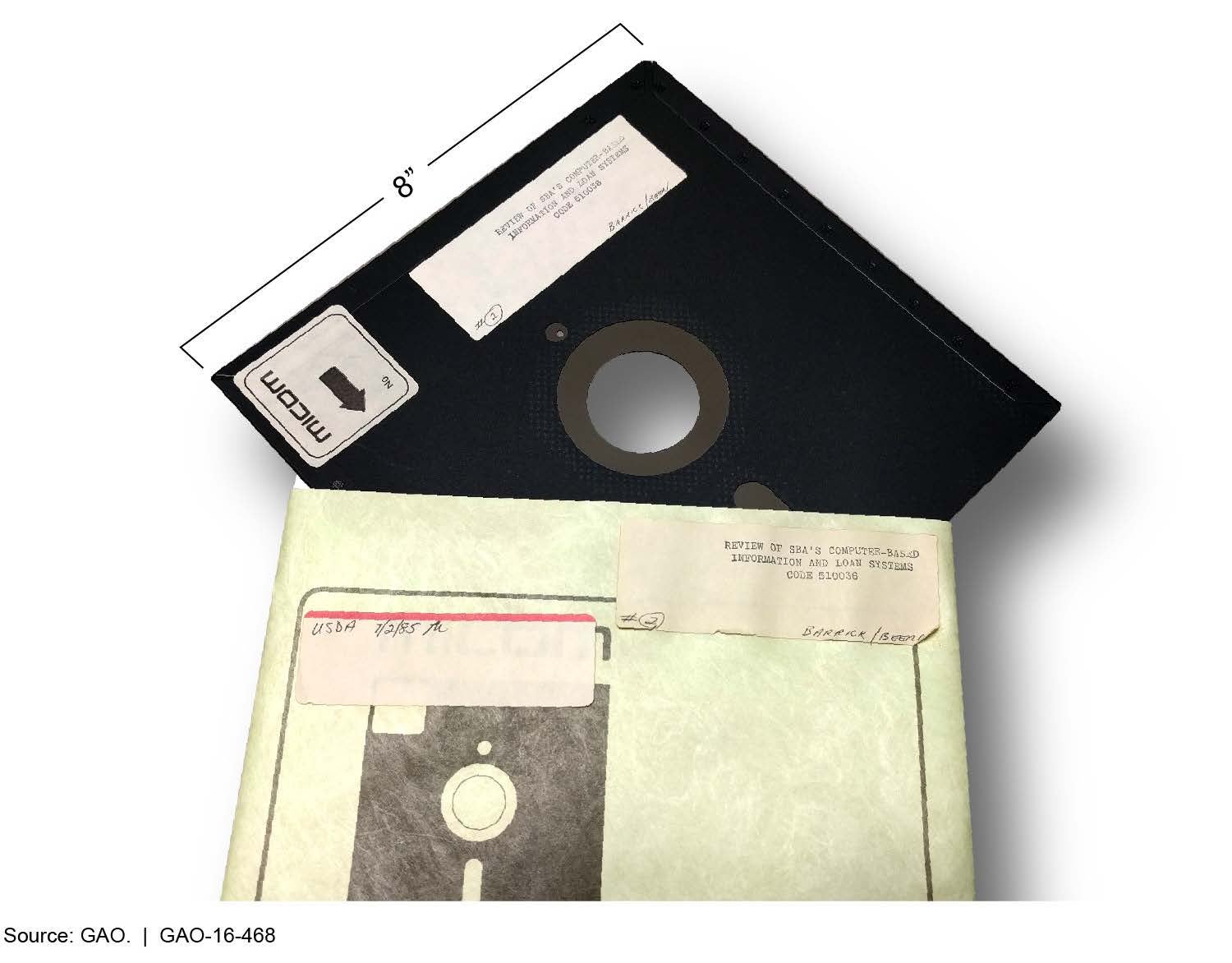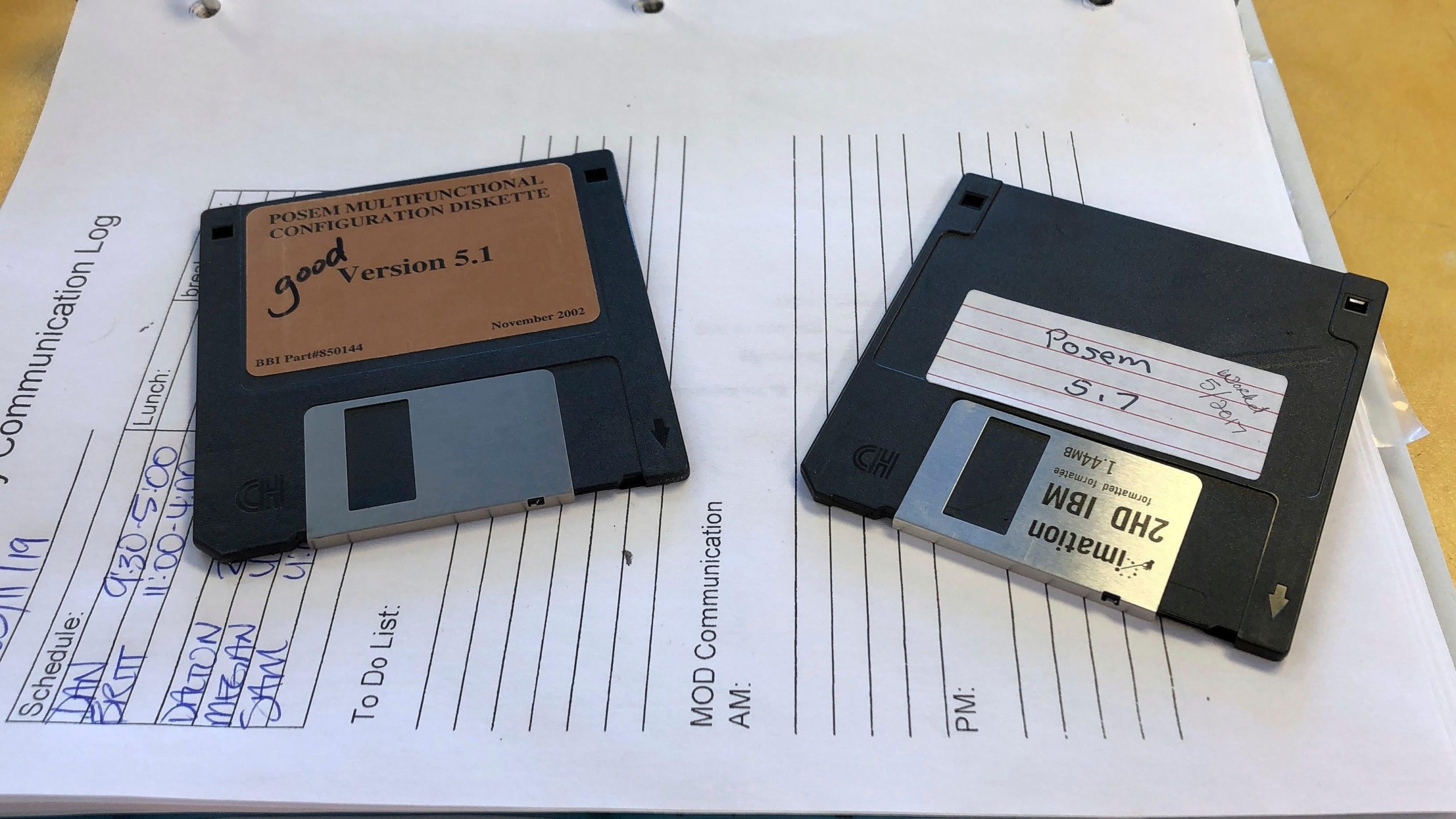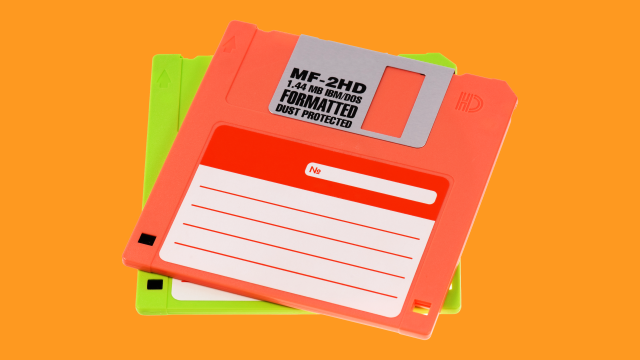In my pre-teen and teenage years, there were few things that made me happier than going on adventures to other worlds. I carried around the “portals” to those worlds in a clear plastic box full of colourful floppy disks. They were my cultural coffers, a way for me to store and quickly access stories about the magical characters that fascinated me — a way to save my fanfiction.
It might sound silly or weird to want to collect stories invented by fans about existing TV, movie, and literature universes on floppy disks. But to a small me, these stories allowed me to travel far beyond my little Texas border town that never seemed to change. Growing up as the only child of a single, disabled mother, I had few opportunities to travel and explore. We didn’t have much money, so trips and adventures were rare.
For years, I asked my mum for a computer, and she had always answered, “someday you’ll have one.” I tried not to let it get me down, and used the computers at school, at friends’ and neighbours’ houses. When I discovered fanfiction about the anime InuYasha — my favourite show at the time — it could only be read online on dedicated sites like Fanfiction.net or Mediaminer.org. In fact, these sites are still around today, and judging from my quick perusal, authors are still using them to publish fanfiction.
Visiting these sites felt kind of like looking at old-school encyclopaedias, except these were never-ending. There were pages and pages of story titles, links, genres, and summaries. Pictures were rare, although fan art made or inspired by the stories was often linked. I was immediately hooked. In those days, Adult Swim and Cartoon Network took forever to release new episodes, and I was starved for new content.
Without a home computer, I speed-read fanfiction wherever and whenever I was given a chance to use one. At school, I did this when I finished my work early in the computer lab. When my friends with computers invited me to watch them play single-player video games, I asked if they would let me read a chapter or two. I even sneakily printed out my fanfiction at the school library so I could read it at home. When I was about 12 years old, my life changed. My grandpa had received a little bit of money and decided to give me the gift I’d been asking for.
The secondhand IBM ThinkPad with an external floppy disk drive (which could have been an IBM ThinkPad 240) my mum and I chose from the local computer store wasn’t perfect. If it was the ThinkPad 240 like I suspect it was, it was probably between four and six years old by the time we bought it. I had to tape the dialup cable to the corresponding port in order to connect to the internet (and jostle it around when it wouldn’t connect). It also couldn’t play or write CDs, like the computers I was used to using in the mid-2000s. But it was at home, it was mine, and it had a floppy disk drive, which was better than nothing, so I thought. Over time, that floppy disk drive would turn out to be more significant to me than I imagined.
Before floppy disks became homes for my anime fanfiction, they were part of an attempt to tackle an issue at IBM. In the 1960s, the company launched a project to fix a problem with its System/370 mainframe computer. The System 370 was the first computer to use read/write semiconductor memory for its microcode. But when the computer was turned off, the microcode disappeared and had to be reloaded.
According to IBM, a solution was implemented that would create a reliable and inexpensive system for loading instructions and installing software updates into mainframe computers. At first, the IBM team considered using magnetic tape, but eventually abandoned the idea and pivoted to using a flexible Mylar disk. The disk was coated with a magnetic material that could be inserted into a disk drive and spun on a spindle — quite a departure from the paper-punched cards for data entry and software programming that had been used until then.

The first floppies developed by IBM were 8-inch bare disks that came packaged in slim, durable envelopes that helped wipe off the dust from the devices. These disks could store 80 kilobytes of data. While that may seem minuscule today, it was the equivalent of 3,000 punched cards decades ago. Over the years, floppy disks would shrink to 5.25 inches and then 3.5 inches, which could store between 500KB and 1.2 megabytes and 1.44 megabytes, respectively. IBM introduced floppy disk drives to the market in 1971 and obtained U.S. patents for both floppy disks and the floppy drive in 1972.
But floppy disks didn’t just fix a problem on mainframe computers; they also changed personal computing and completely transformed the software industry. In 1977, Apple launched the Apple II, its first computer for the masses, and a few months afterward launched the Disk II, which consisted of two 5.25-inch floppy drives. The Disk II and Apple II were huge hits, letting users store and access programs as well as carry and share their data.
This was also a notable moment for the software industry. As noted by IBM, until the late 1970s, most software apps for tasks like word processing or accounting were written by PC owners themselves. Floppy disks allowed companies to put their software on the disks and send them via mail and sell them in stores, essentially laying the foundation for the software industry.
By the early 1990s, however, floppy disks were pushed aside in favour of CDs and, later on, flash drives. This transition went a little slower in my corner of the world, as did everything, so while it seemed like my IBM ThinkPad was out of date in the mid-2000s, it wasn’t a total dinosaur (though it was pretty close).
For a few months after I got my ThinkPad, I didn’t really even pay attention to the floppy disk drive. I just read my precious fanfiction to my heart’s content on my makeshift desk, which consisted of our microwave on top of an old TV cabinet and a kitchen chair. In that corner, I travelled to feudal Japan, hunted down monsters and demons, and, finally, saw the couple I ‘shipped get together after countless trials and tribulations manifested into fanfiction “reality.”
My mum would ask me almost every day if I was OK because I sat there for so long, and she would occasionally ask me what I was reading after she heard a giggle or gasp. Considering that it wasn’t exactly easy to explain fanfiction to people then, and it’s still a bit tricky now, at least for me, I simply replied, “InuYasha.” I generally controlled our TV when I was home, so she knew what that was. In reality, I just didn’t have the patience to tell her that hundreds, if not thousands, of people were creating their own version of what would happen in the TV show I watched every week, and sometimes even putting the characters in alternate universes to see what happened. And that I loved reading about it. I mean, the poor woman’s head would have exploded.
I eventually got to the point where I had everything and I was perpetually waiting for new uploads and updates. I would re-read my favourites. That’s when the problems began. One of these problems was driven by the culture of fanfiction and the other by technical glitches of the main sites I frequented.
The fanfiction of my youth was a social activity, though I mainly interacted with the community as an observer and reader. In many cases, the contents of each story were fluid. Authors could feel inspired by kind comments, which led some to update their stories more frequently, or destroyed by mean comments, which led them to stop posting new chapters to their stories or even take them down completely. Sometimes, the authors would become overwhelmed by the sudden popularity of their stories. This put immense pressure on them to write something “good” and please the masses to no avail, which also led to story abandonment or deletion.
The other access problem involved the fanfiction sites themselves. I kept good records of the stuff I liked — literally, I documented the stories I read, their authors, and where I read them in a small, worn spiral notebook — but sometimes the stories were impossible to find again. I would spend hours searching for tried and true fanfiction favourites or new chapters of stories I was following. I would scour by date published, author name, story name, and genre, but with unreliable search functions, I sometimes never found them again. To complicate things, my sputtering dial-up connection had small me pulling her hair out.
Unfortunately, I didn’t know how bookmarking webpages worked at that age, so this was incredibly stressful and a mighty shame. If I really liked that story by so-and-so, I might never be able to read it again.
That’s when the lightbulb went off in my head. I could use floppy disks to save my faves for instant access. Luckily, floppy disks were affordable at that time, and my mum was able to get me a rainbow pack of five colourful 3.5-inch disks. My operation began.
Saving my favourites to floppy disks wasn’t intuitive. My historic ThinkPad didn’t have Microsoft Word. Notepad sometimes wouldn’t copy the format correctly, forcing me to go in and manually add in the spaces between paragraphs. I also had to manually title each chapter, or else nothing would make sense.
I think I must have saved about 12 stories on two or three disks out of five. (I left the other two floppy disks blank as decoys, in case anyone came looking to steal my fanfiction. I know, I know.) Twelve stories may not sound like very many, but some of these sagas were long. I remember once saving a story that had around 30 or 40 chapters. But I was relieved. No more searching and hoping the story hadn’t been nuked from the web, no more praying the duct-taped dial-up would connect properly. I’d just grab a floppy disk, listen to it whir as it loaded, and read my treasures.
It was advanced tech with important cargo, I thought, so you could never be too careful. At home, I kept my plastic box hidden in a crevice of my makeshift desk — the old TV cabinet. At school, I hid it tucked in the recesses of my backpack, in case I got bored in the computer lab. No one would say anything about a student reading a Notepad document.
In time, my mum managed to buy me a new HP desktop computer. Considering that I didn’t have a need for two computers, especially one that was nearly a dinosaur, we sold my old IBM ThinkPad when money was tight. Sadly, that also meant saying farewell to my floppy disk drive. My new HP desktop had a CD drive, and by then I knew how to use bookmarks, although I still saved and stored stories in Notepad files in a folder just in case. My floppy disks, however, were obsolete.
The majority of us stopped using floppy disks years ago. But they’re not completely extinct yet. While floppy disk manufacturing ceased in 2011, there is a limited supply still out in the world. This supply is reportedly still being used by some industries, such as aviation (Boeing 737s). In fact, until 2019, they were used by the Department of Defence to coordinate the nation’s nuclear system.

One of the main reasons floppy disks are still in demand, sellers say, is because of industrial machines. In the 1990s, manufacturers built hundreds of thousands of machines around floppy disks, and those machines were built to last 50 years. Replacing these machines with a modern equivalent isn’t easy or economically feasible.
I don’t have a real reason to use floppy disks today and have a variety of much better alternatives. Nonetheless, I miss them. They were cheap, tangible repositories of priceless digital content.
I grew out of my love for fanfiction as I started exploring real life. Getting a job at 16 years old helped. Then, I left my small border town for college in a big Texas city and eventually relocated thousands of miles away to Madrid. I could write chapters and chapters of nonfiction about my adventures.
Nowadays, I don’t know where my precious plastic box of floppy disks is. Considering my mother’s hoarding habits, there’s a pretty good chance it’s still back in our apartment in Texas in the town that never changes, along with my Pokémon cards, my Sailor Moon VHS tapes, and my collection of YA fantasy. Those floppy disks were everything to me when I hardly had anything at all. I’ll always remember them fondly.
